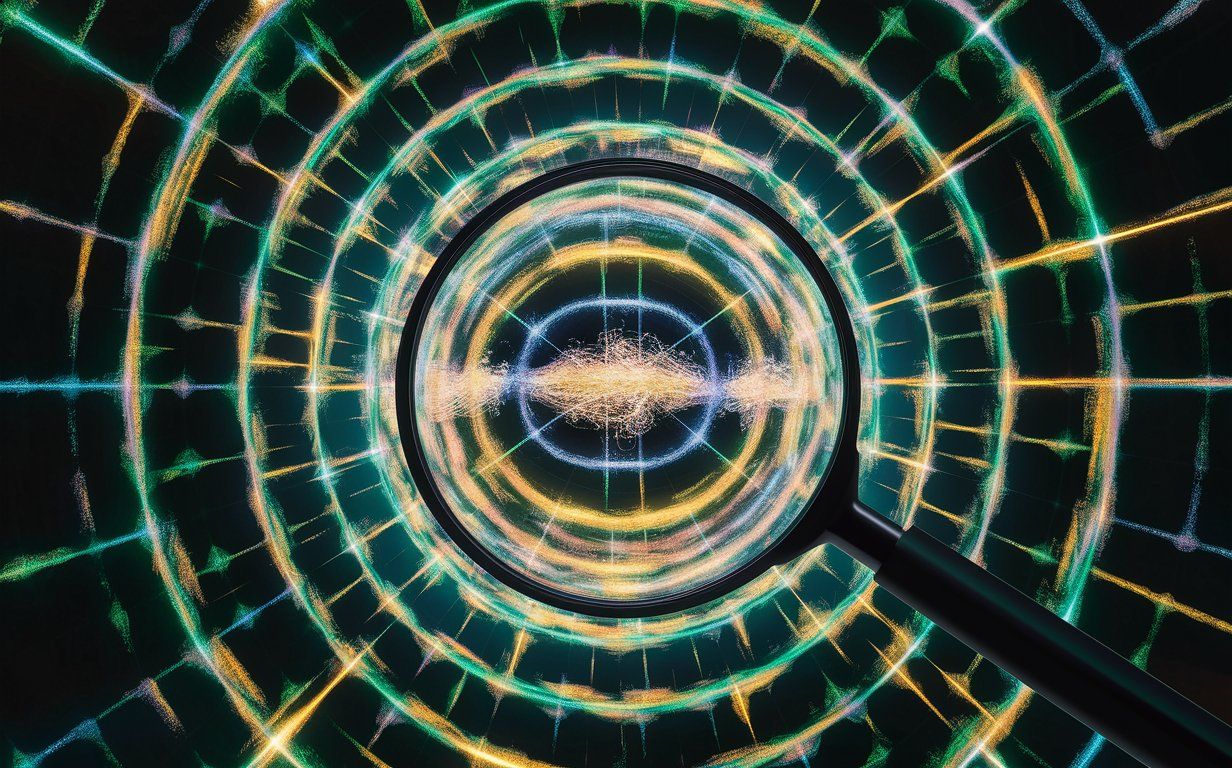Is gravity quantum? This experiment should provide an answer
Follow us on Google News (click on ☆)

Gravity is a familiar force, yet its true nature remains a mystery. Is it a force that operates according to the principles of quantum mechanics, or is it more of a classical force, described by geometric laws? This question still lacks an answer.
The approach, developed by Ludovico Lami and colleagues, utilizes massive harmonic oscillators, similar to those used in the Cavendish experiment in 1797, to measure the gravitational force without resorting to entanglement.
The team set strict criteria for experimental signals that should prove that gravity can manifest quantumly. These criteria are such that local classical gravity could not satisfy them. According to the researchers, although technological advancement is needed, it is feasible that such experiments could be carried out in the near future.
At the heart of this experiment is the idea of placing one of these massive oscillators in a situation where it could, theoretically, display quantum behavior. This implies that the oscillator would not be merely in one state or another but in a superposition of multiple states simultaneously, which is a fundamental property of quantum particles.
This breakthrough could quickly answer whether gravity is a quantum force.